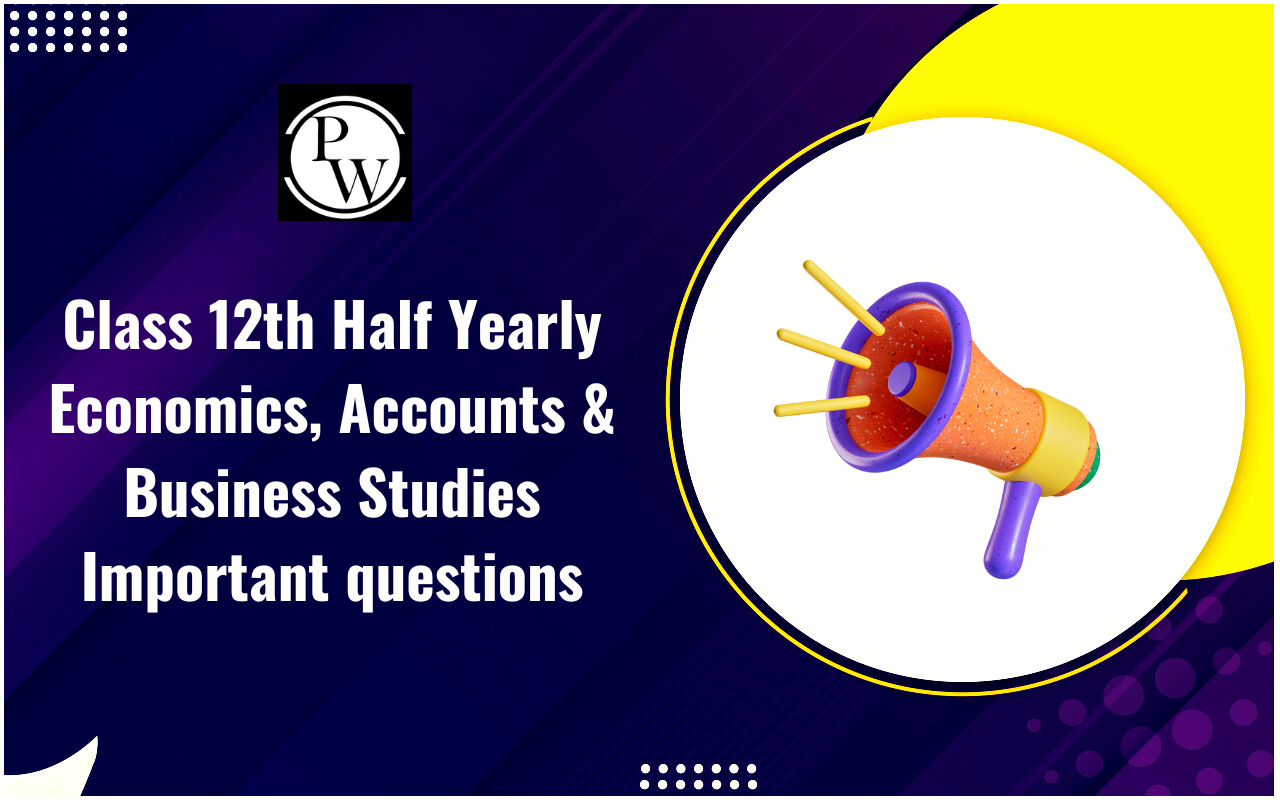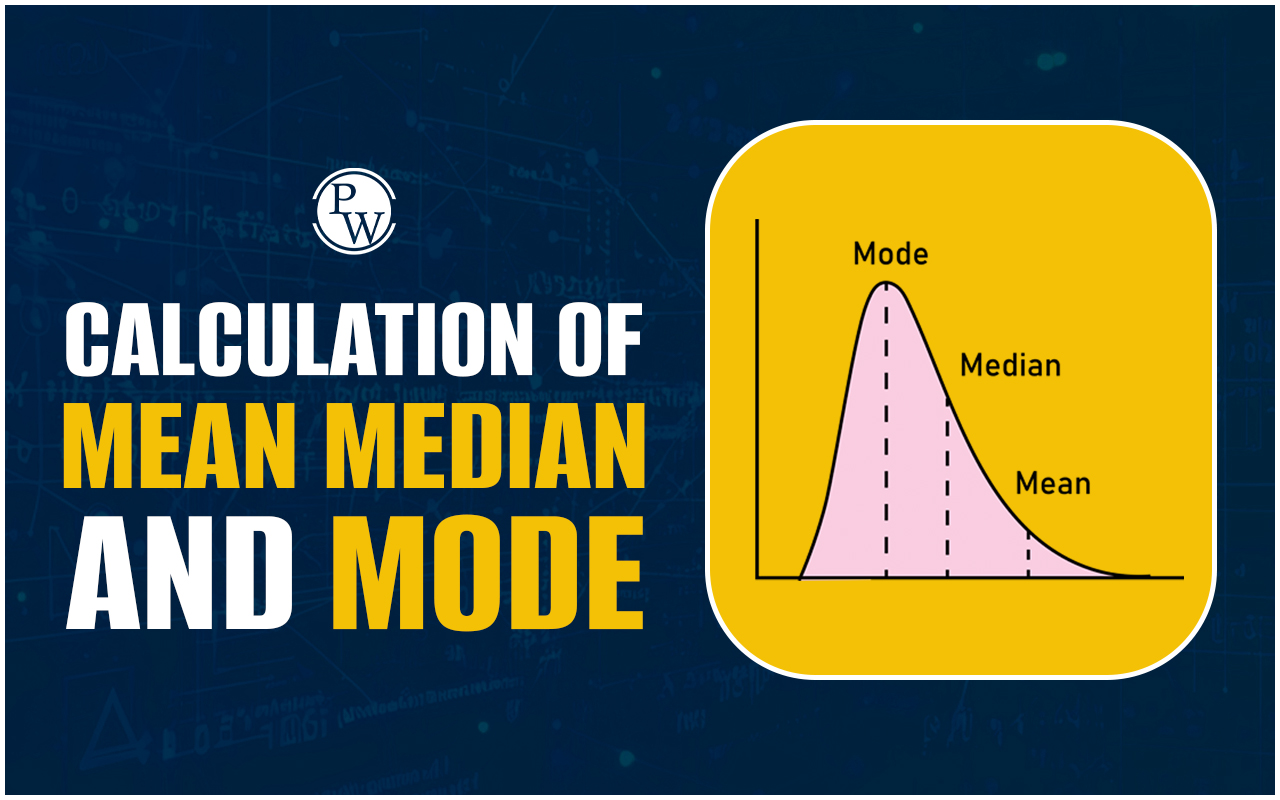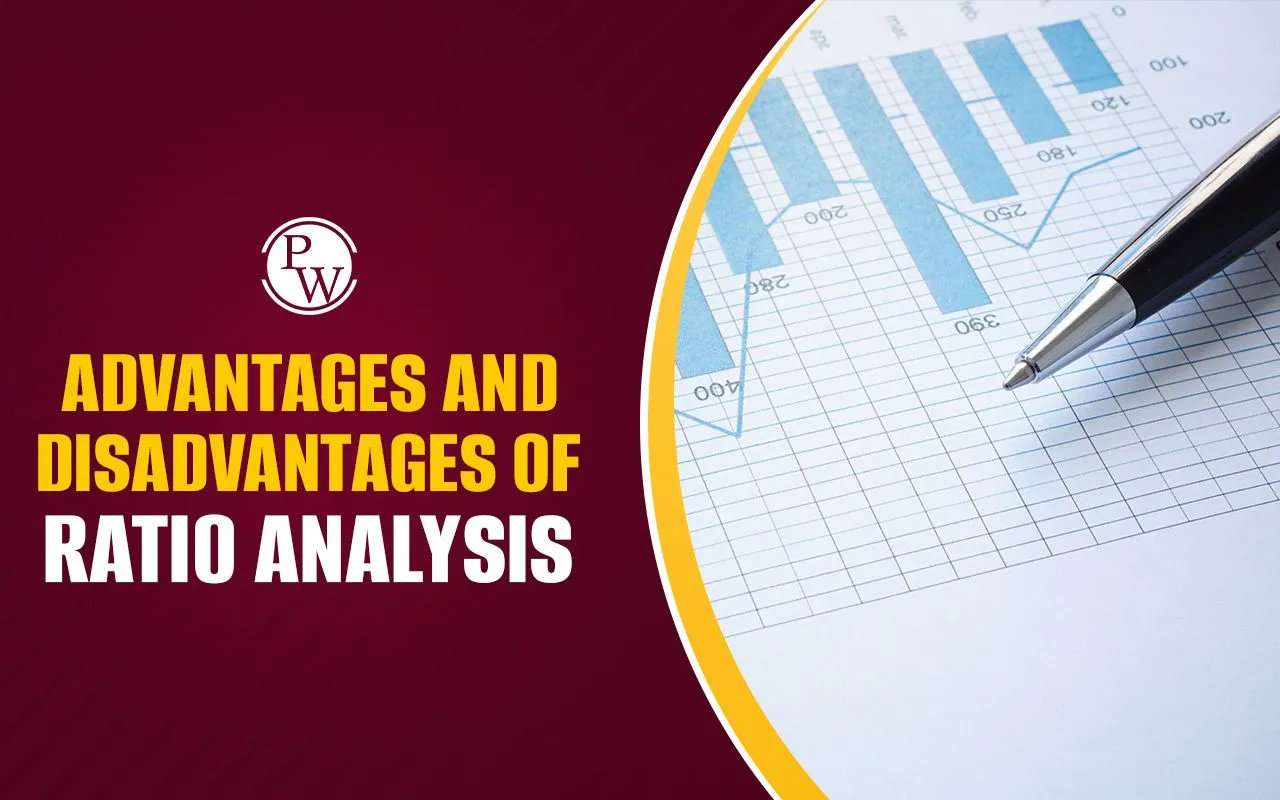

Statistical enquiry refers to statistical examination. An investigator is the person who performs the investigation. The investigator needs the assistance of an enumerator who collects data and a responder who provides information concerning statistical exams.
For example, obtaining information on how many students did not pass an admission test and why they did not pass the exam.
Meaning of Statistical Enquiry
Statistical Inquiry, a vital research and analysis component, involves methodically exploring and interpreting data using statistical methods. It encompasses the systematic examination of datasets to uncover meaningful patterns, relationships, and trends, shedding light on the underlying subject of study. This process entails formulating research questions, gathering and organizing data, and employing suitable statistical techniques to draw insightful conclusions and inferences.
Stages of Statistical Enquiry Cycle
Engaging in a Statistical Inquiry involves a structured sequence of stages, each contributing to a comprehensive and systematic approach to data analysis. These stages encompass the following key steps:
Formulating Research Questions:
At the outset of a Statistical Inquiry, researchers meticulously craft research questions or hypotheses that serve as the cornerstones of the entire investigation. These questions define the scope and purpose of the study, guiding subsequent data collection and analysis.
Data Collection:
The stage of data collection is characterized by the careful acquisition of relevant and accurate information. Researchers employ established methods, such as surveys, experiments, or observations, to gather data points that align with the research objectives. This ensures that the collected data is fit for purpose and capable of providing insights into the chosen subject.
Data Preparation:
Once data is gathered, it undergoes thorough preparation to ensure its quality and suitability for analysis. This involves tasks such as data cleaning, where errors, inconsistencies, or outliers are identified and corrected. Data transformation may also be necessary to organize the information in a structured format conducive to subsequent analysis.
Exploratory Data Analysis:
In this stage, researchers embark on an initial exploration of the data using descriptive statistics and visualizations. This step helps to uncover preliminary insights into the dataset's characteristics, patterns, and potential outliers. Exploratory data analysis aids in identifying potential directions for further investigation and hypothesis testing.
Hypothesis Testing:
Hypothesis testing is a critical stage where researchers apply appropriate statistical techniques to evaluate the validity of research hypotheses. This involves comparing sample data against expected patterns or relationships to determine if the observed differences are statistically significant. Hypothesis testing provides a robust framework for drawing conclusions about the larger population based on the sample data.
Interpretation of Results:
The interpretation of statistical results involves delving into the findings derived from hypothesis testing. Researchers analyze the output of statistical tests, considering both the numerical results and their practical implications within the context of the research questions. This stage aims to extract meaningful insights and draw conclusions that contribute to the broader understanding of the phenomenon under investigation.
Drawing Inferences:
Drawing inferences is the process of extending the conclusions derived from the sample data to make broader statements about the entire population. This involves acknowledging the inherent uncertainty and variability present in statistical analyses. Researchers use techniques such as confidence intervals to quantify the level of confidence in their inferences and generalize their findings to real-world scenarios.
Communication of Results:
Effective communication of statistical findings is paramount to the success of a Statistical Inquiry. Researchers employ clear and concise reports, visualizations, or presentations to convey the results, interpretations, and implications of the study. This stage ensures that the insights gained from the data analysis are accessible and comprehensible to a broader audience, facilitating knowledge dissemination and informed decision-making.
What is Data Collection in Statistical Enquiry?
Data Collection is a fundamental phase within the Statistical Enquiry process, involving the systematic acquisition of information pertinent to a specific study. This process encompasses the gathering of raw data from diverse sources, guided by established methodologies and frameworks.
Data Source in Statistical Enquiry
Data sources refer to the origins from which data is obtained for research and analysis. These sources encompass a diverse array of avenues through which data can be collected.
Types of Data Sources in Statistical Enquiry
Data sources encompass various categories from which information is acquired for research and analysis. These types of data sources include:
Primary Sources: These involve the direct collection of original data specifically for the research at hand. Examples include surveys, experiments, interviews, and observations. Primary sources provide firsthand information tailored to the research objectives.
Secondary Sources: Secondary sources involve pre-existing data that was originally collected for other purposes. Researchers analyze and repurpose this data. Examples include published reports, academic articles, government publications, and historical records.
Tertiary Sources: Tertiary sources compile and summarize data from multiple primary and secondary sources. They provide overviews, reviews, or analyses of existing information. Examples include encyclopedias, review articles, and textbooks.
Administrative and Institutional Sources: Data collected and maintained by organizations, institutions, or administrative bodies fall into this category. Examples include government agencies, corporations, and educational institutions.
Publicly Available Data: Data openly accessible to the public, often online, constitutes this category. Examples include open datasets, social media posts, and websites.
Published Data: Data published in books, journals, reports, or online platforms contributes to research. It can be both primary and secondary, depending on its original purpose.
Personal Communications: Information obtained directly from individuals through interviews, emails, or personal correspondence falls under this category. It offers unique insights and perspectives.
Sensor and Device Data: Data collected from sensors, instruments, or devices in various fields, such as environmental monitoring or healthcare, forms another valuable data source.
Importance of Statistical Enquiry
The significance of statistical enquiry lies in its pivotal role in illuminating patterns, informing decisions, and advancing knowledge. This systematic approach to data analysis serves as a cornerstone for evidence-based research, enabling informed conclusions and facilitating effective communication. The importance of statistical enquiry can be summarized in the following points:
- Informed Decision-Making
- Scientific Advancement
- Quality Control
- Predictive Insights
- Policy Formulation
- Problem Solving
- Resource Allocation
- Risk Assessment
- Validated Research
- Communication of Finding
Also Read:
Statistical Enquiry FAQs
Ques1:- How does Statistical Enquiry impact scientific research?
Ans:- It forms the foundation for empirical research, aiding in theory validation and knowledge advancement.
Ques2:- What is exploratory data analysis?
Ans:- Exploratory data analysis (EDA) is a crucial stage of statistical enquiry where researchers use descriptive statistics, graphs, and visualizations to uncover initial patterns, anomalies, and trends within a dataset
Ques3:- How does Statistical Enquiry handle uncertainty?
Ans:- It employs methods like confidence intervals to quantify and communicate uncertainty in findings.
Ques4:- How does statistical enquiry impact policy formulation?
Ans:- It guides evidence-based policy decisions by providing quantitative insights and supporting effective governance.
Ques5:- What types of data sources are there?
Ans:- Data sources in statistical enquiry can be categorized into primary, secondary, and tertiary sources. Primary sources involve firsthand data collection tailored to the research objectives.
How does Statistical Enquiry impact scientific research?
What is exploratory data analysis?
How does Statistical Enquiry handle uncertainty?
How does statistical enquiry impact policy formulation?
What types of data sources are there?












